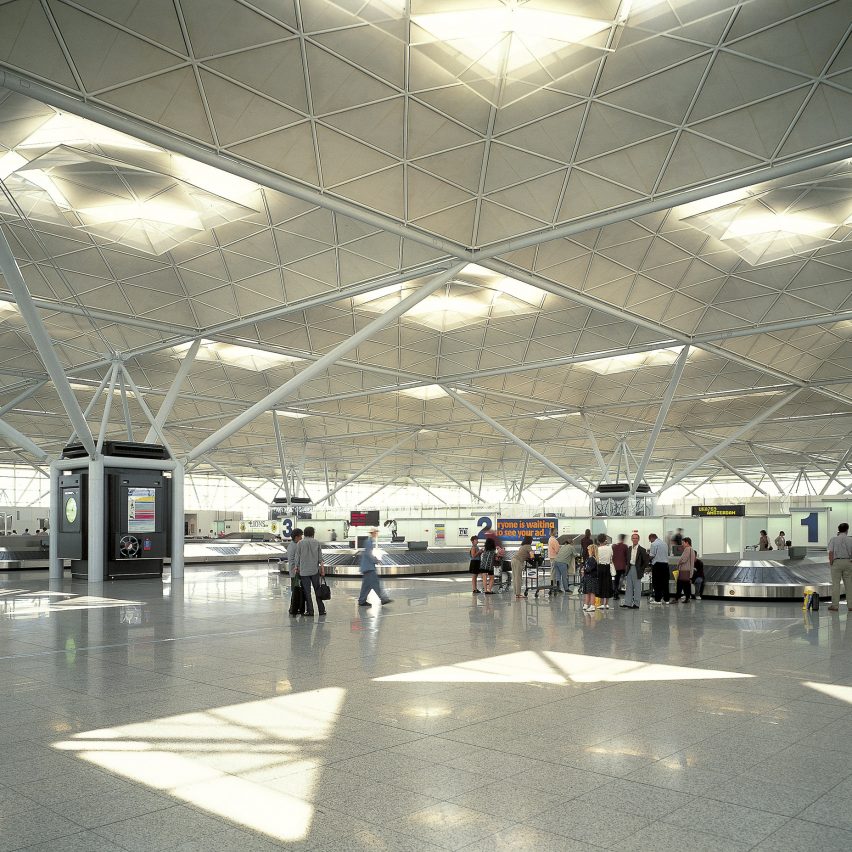"High-tech is ever edging away from its ecological and humanistic roots"

High-tech architecture has strayed far from its environmentally conscientious beginnings, but could rise again if it returns to them, writes Phineas Harper.
The Sainsbury Centre in Norwich weighs 5,618.6 tons. We know this because, when its architect, Norman Foster, took his former mentor Richard Buckminster Fuller to visit the project, the internationally-celebrated inventor and godfather of the high-tech movement asked: "How heavy is your building, Norman""
Faced with a gallery proposing nothing less than a total reconceptualisation of architecture, Fuller posed a question that might seem surprisingly boring. And yet his prosaic inquiry is the kernel of the high-tech movement's rise and, perhaps also, its fall.
High-tech ? an architectural style that took advantage of advances in engineering to emphasise structural elements ? was forged in the ecological techno-optimism of the 1960s. German architect Frei Otto's Institute of Lightweight Structures and Bucky's experiments with geodesic domes had established the cultural milieu for a nimble form of environmentally conscientious modernism, into which Foster, Richard Rogers, Nicholas Grimshaw and many other key high-tech figures graduated. High-tech's adolescence was a moment when ecology and technology were two branches of the same tree
In the heady early years, their drawing boards burst with vivacious depictions of humans and nature living in a rich machine-mediated symbioses. It was the era of Douglas Trum...
| -------------------------------- |
| Liddicoat & Goldhill transforms an 18th-century barn into an English countryside home |
|
|
Villa M by Pierattelli Architetture Modernizes 1950s Florence Estate
31-10-2024 07:22 - (
Architecture )
Kent Avenue Penthouse Merges Industrial and Minimalist Styles
31-10-2024 07:22 - (
Architecture )






